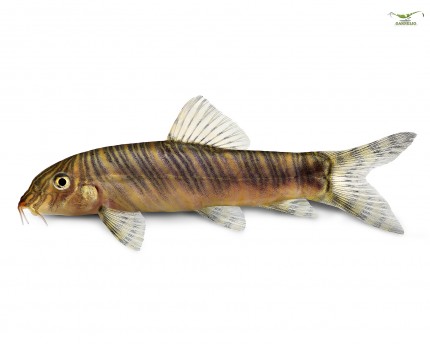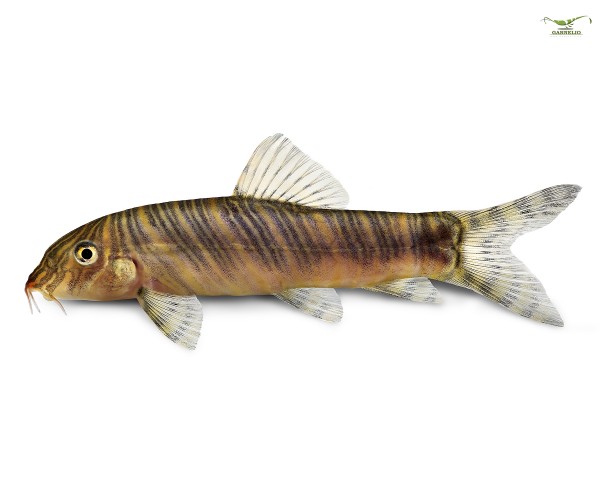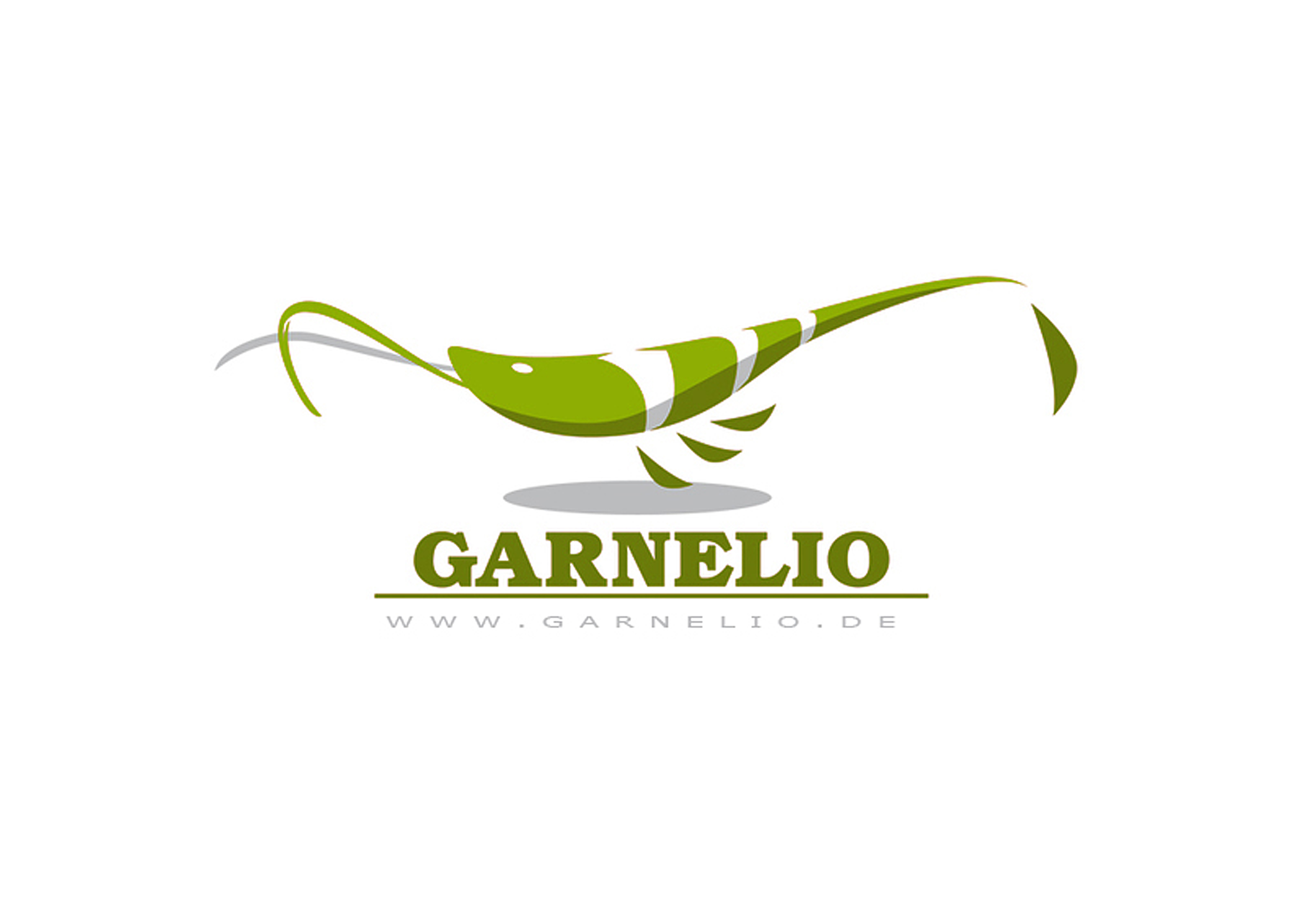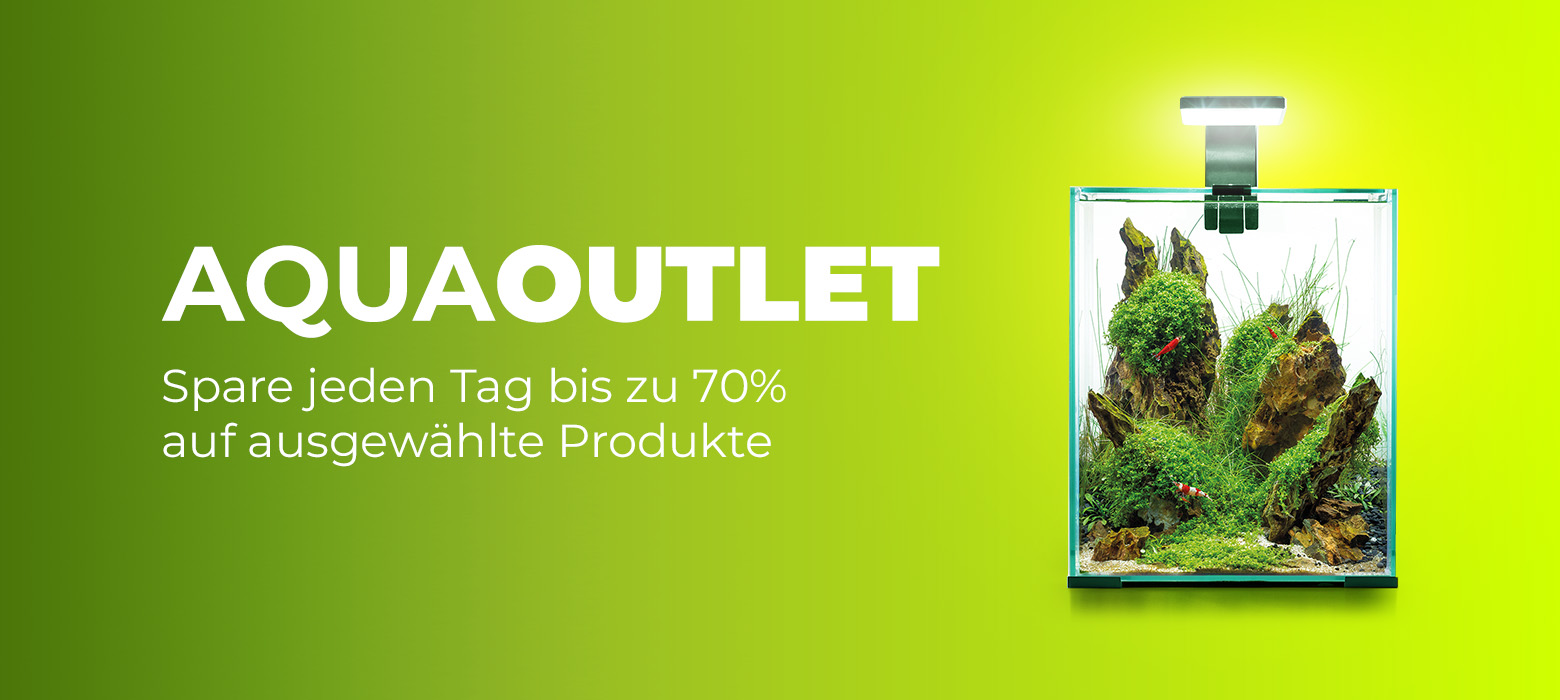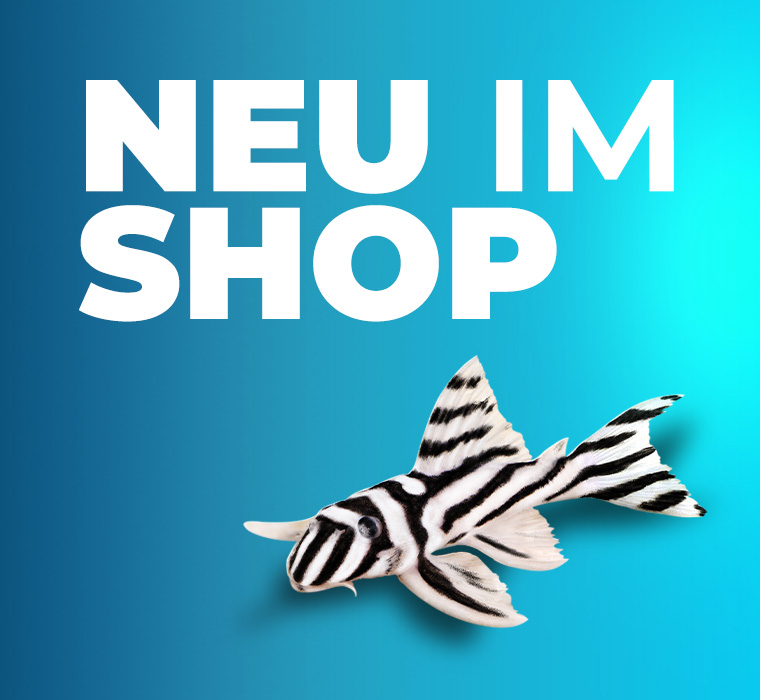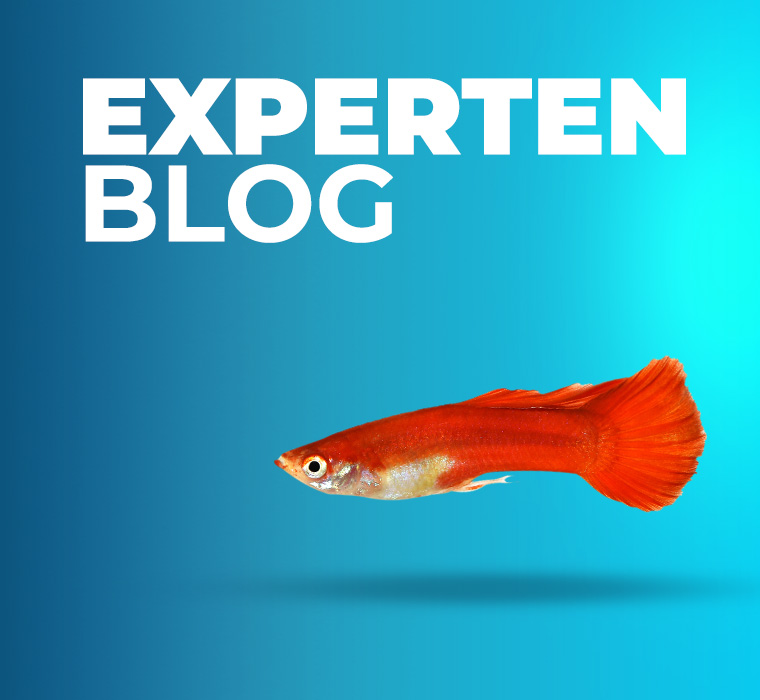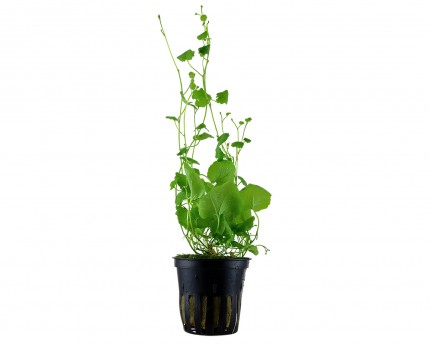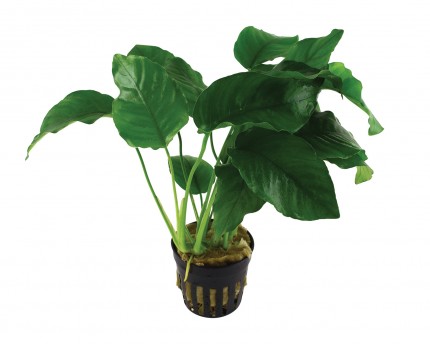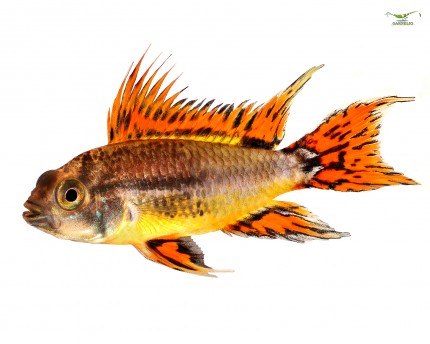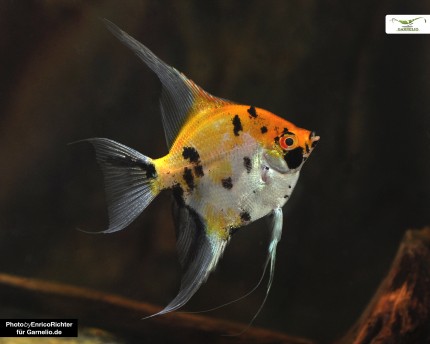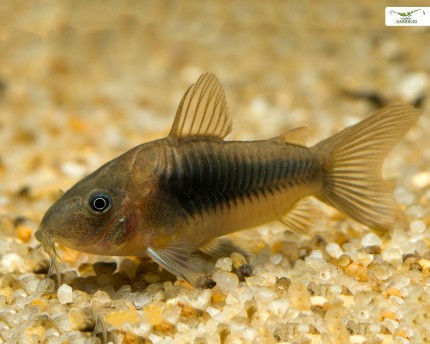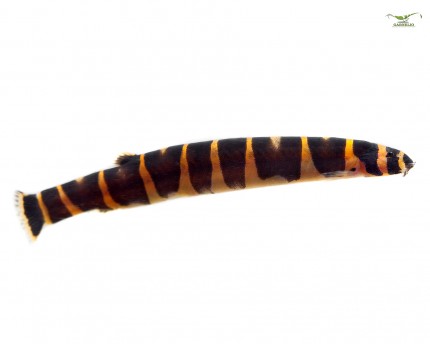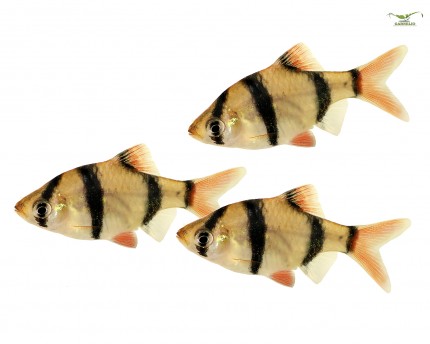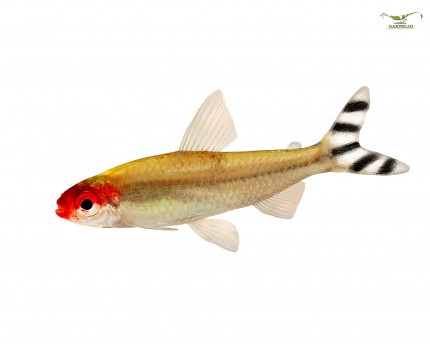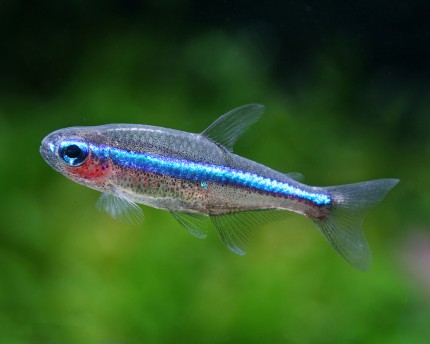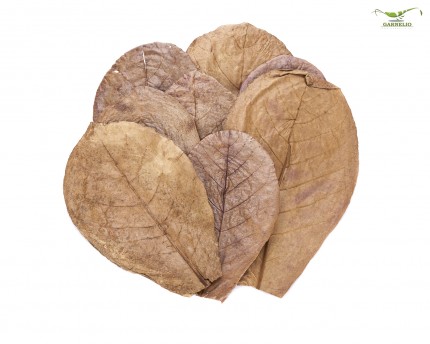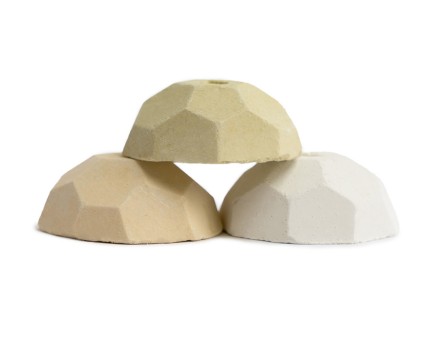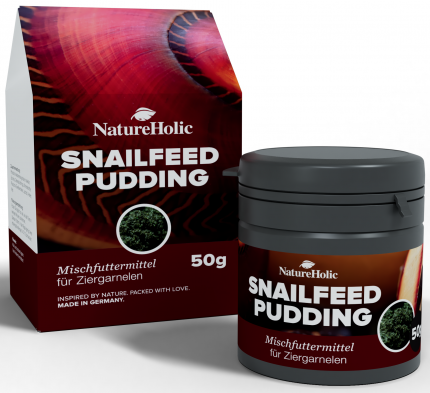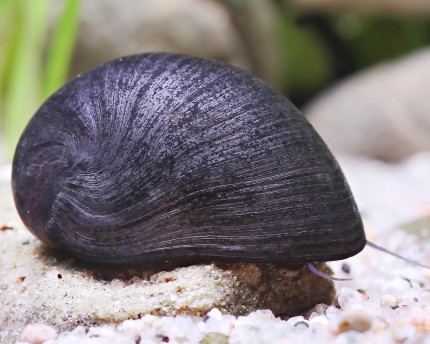incl. VAT plus shipping costs
Currently not available
Delivery only innh. Germany and Austria possible.
Switch to the German store
- Item no: 7150
Fast delivery times
All products are in stock with us!14 years of breeding experience
Let our team of experts advise you!High customer satisfaction
from over 3,000 reviews "| Water values: | soft to hard |
| Difficulty: | 2 - Normal |
| Temperature: | 20-25 °C |
| Behavior: | Active |
| with fish?: | Yes, with peaceful fish |
| with snails/shells?: | No |
| Fish group: | Loaches |
| Pelvic region: | Below |
| Visual effect: | Swarm behavior |
| Planting possible?: | Yes |
| Origin: | Asia |
| Feature: | dynamic group behavior |
| with large crabs?: | No |
| Breeding: | heavy |
| Diet: | molluskivor - snail eater |
| with dwarf crabs?: | No |
| with shrimps?: | Socialization not possible |
| Final size: | 8-12 cm |
| Aquarium size: | 200 l (approx. 100cm) |
| with crabs?: | No |
The Zebra Loach, Botia striata, is one of the most popular loach species in aquaristics, which immediately catches the eye due to its special coloration. It originates from clean and well flowed rivers and streams of southern India. Its natural and also very small habitat is threatened by forest clearing and pollution.
It is considered somewhat special, so its keeping is recommended to more advanced aquarists. Unlike other loaches, its body has a high back. The underside pointed mouth has two pairs of barbels. The Zebra Loach has a very interesting zebra pattern with very fine horizontal brown, yellow and sometimes reddish lines. The colors may change slightly with age, fading with stress. The semi-transparent fins have stripes with a spotted pattern. Like other loaches, it has a suborbital spine located below the eye that can be erected in case of danger or predators. The spine tips can secrete a poison that is rather harmless to humans, but at the very least can cause painful wounds that should be attended to by a doctor, especially for those with allergies. Catching and holding with the bare hand should be avoided in principle
As usual for loaches, the Zebra loach communicates via clicks. With its possible final size of maximum 8 centimeters it represents one of the smallest known loaches. Its peaceful behavior makes it a popular aquarium fish that can be socialized well, but it also tends to nibble on long-finned fish. The Zebra Loach also has a pronounced social behavior that occasionally leads to hierarchy disputes within the group and tends not to bother other fellow fish, provided the loach group is large enough. Individually kept loaches show a clearly increased aggression potential and can become real terminators, which attack and frighten all by-fish. Group keeping is therefore indispensable!
The sexes can hardly be distinguished externally, presumably females become however more plump. Breeding under aquarium conditions has not been successful so far. Possibly this is related to the spawning migrations that take place in the wild and is also dependent on seasons and rainfall. Commercial breeding is also not known to date.
The aquarium for Zebra Loaches should be at least 200 liters and well structured. A substrate of light-colored, fine sand with pebbled areas and small stone structures that provide privacy and caves are readily accepted by the animals. Dense planting in places up to the water surface should also have sufficient free swimming space in the lower to middle water zone, as Zebra Loaches occasionally swim fast distances. Larger plant leaves, such as those of Anubias, are used by them as resting places. Dim lighting and a good sized filter will contribute greatly to the well-being of these clear water loving fish. The water values may lie with a pH value between 5 and 7, as well as a total hardness of 2-20° dGH rather in the softer range, and a temperature of 22-27 °C show.
Zebra loaches are absolute group animals, rather even school fish, to which their group strength not only conveys security, but also enables their species-typical behavior. They regularly clarify their ranking among themselves, which can sometimes turn out short and violent, but usually does not lead to serious injuries. If you deprive them of the possibility to clarify their territorial claims within the species, especially by a too small chosen number of conspecifics, they can develop, as sufficiently discussed again and again, to true disgust packages, which constantly put their environment under pressure. Therefore loaches should be kept with at least 6 animals, but better actually in groups of up to 20 fish, the group strength of which should be maintained, especially if individual animals die of old age, for example. So a peaceful and harmonious community aquarium is quite possible, if you pay attention to the peculiarities of your fish.
Zebra loaches should not be socialized with invertebrates and long-finned fish such as angelfish. Since the loaches also have a large appetitefor snails , it is assumed that these also make up a large part of their main diet, so that they should be offered regularly Food snails should be offered to them regularly. In addition, these omnivores are also enthusiastic about live and frozen food , some even graze the patina of the aquarium furnishings, which is why they should also be fed with algae stones or algae tablets in a varied manner. Usually Zebra Loaches can also be easily switched to dry foods such as slow sinking granules, as well as sinking food tablets, wafers and chips.
Our food recommendation: The NatureHolic Catfishfeed for all aquarium sucker catfish that eat aufwuchs is a balanced tablet food that does not cloud the water and the fish like to eat. The catfish tablets also contain NatureHolic active ingredient complexes that provide sucker catfish with everything they need for a strong immune system, healthy growth and great, contrasting coloration. As a snack, supplemental food or vacation food, we recommend the CatfishPlates.
Our plant recommendation: For planting, use NatureHolic InVitros. These are free of snails, planarians and other unwanted co-inhabitants. Also free of algae spores, bacteria and fungi.
Expert Tip: We recommend for fish keeping the NatureHolic 3 Phase Liquid. The care set offers the best all-round protection for your animals. It ensures optimal conditions for successful breeding and keeping.
| Scientific name: | Botia striata |
| German name: | Zebra loach, zebra loach, striped loach |
| Difficulty level: | advanced |
| Origin/Distribution: | India |
| Coloration: | striking stripe pattern, high-backed, two pairs of barbels |
| Age expectancy | 8-15 years |
| Water parameters: | GH 2-20, KH 0-12, pH 6-8, temperature 22-27°C |
| Tank size: | 200 l and up |
| Food | Omnivores, growth, algae, live and frozen food, dry food, granules, chips, wafers, tablets, food snails> |
| Breeding | not breedable |
| Behavior | peaceful, but also territorial and aggressive towards conspecifics |
| Group size | at least 6 animals |
| Further information | Ten typical aquarium fish for beginners and alternatives to them, Tips for acclimating fish to the aquarium, Feeding aquarium fish properly - cheap food and what it can do |
- Item no: 7150
- EAN No.: 7427061496857
Entdecke die Garnelio Welt!
Garnelio gehört zu den größten Onlineshops für wirbellose Aquarientiere weltweit.
Viele Artikel gibt es exklusiv nur bei uns im Shop.

